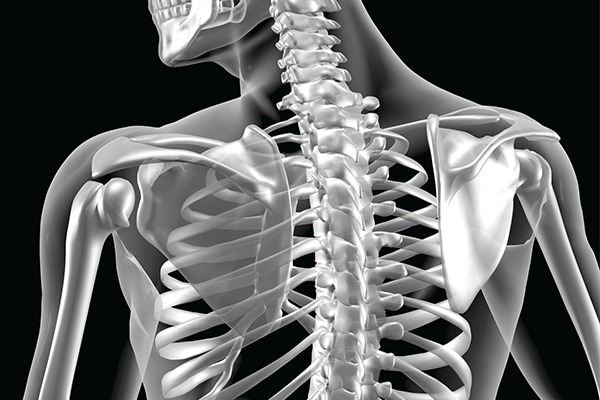Five years ago, Johns Hopkins neurosurgeon Nicholas Theodore brought a problem with echoes of the movie Groundhog Day to biomedical engineer Amir Manbachi, who was then teaching in the Undergraduate Design Team program at the Whiting School.
An expert in spinal cord injuries, Theodore was frank in noting that no significant new drugs or treatments had been developed over the previous half a century. In spinal cord injury repair, he told Manbachi and his students, surgeons are still doing “the same rudimentary things that we’ve been doing for 50 years.”
In the aftermath of an injury, they open up a patient and “decompress” the spinal cord, clearing out stray pieces of bone and pockets of hematoma to stabilize the spine. After surgery, they monitor blood pressure very carefully, tinkering frequently in an effort to reduce the risk of dangerous secondary injuries. Otherwise, however, the treatment regimen is mostly a matter of helping patients adjust to new realities marked by pain and paralysis.
Theodore’s pitch to the Design Team program was that the way out of this Groundhog Day predicament might well be achieved through biomedical engineering. He wanted a team of Whiting School students to develop a map pointing the way toward better outcomes for spinal cord injury patients.
The pitch was a hit—one of the most popular proposals among the 20 or so options presented to students that year. In short order, Manbachi was supervising the work of a team headed by engineering student Ana Ainechi.
The map that emerged from that capstone project is still in play, though it has evolved over time into a highly ambitious undertaking. Late last year, Theodore and Manbachi received a five-year, $13.48 million grant from the Defense Advanced Research Projects Agency at the U.S. Department of Defense. Best known for its funding in the 1960s of ARPANET, a key precursor of the internet, DARPA specializes in supporting high-risk, high-reward projects.
This one aims to develop a one-two punch of cutting-edge devices with the potential to revolutionize both diagnostics and treatment in spinal cord injury cases.
That happy ending, however, will come to pass only if the team that Manbachi and Theodore have assembled can overcome a string of daunting challenges that run the gamut of engineering specialties: materials, acoustics, electronics, and more.
Can they create a new ultrasound device with the groundbreaking capacity to detect what’s going on inside the microvasculature around the spine? And can they do this with wireless and biocompatible materials, as the concept is to stick that machine on the spinal cord in the manner of a tiny Band-Aid armed with thousands of electrodes? Will they be able to outfit a catheter with a groundbreaking fiber optic array that gives physicians real-time, bedside readings of pressure, temperature, and oxygenation levels deep inside of microenvironments around the spine?
“This is as pioneering as it gets,” Manbachi says. The work that began in an undergraduate educational setting is now in the hands of a multidisciplinary team that includes not just scientists at the Whiting School and the School of Medicine, but also Johns Hopkins’ Applied Physics Laboratory, Columbia University, and a top-of-the-line private technology firm. Former student leader Ainechi is on the team too, from her new perch as a graduate student.
“The way this began is very important to me,” Manbachi says. “The work students do can make it seem like engineering is all about coding and writing scripts and textbook materials. It’s in projects like this that they come to see how this field can actually help people.”

